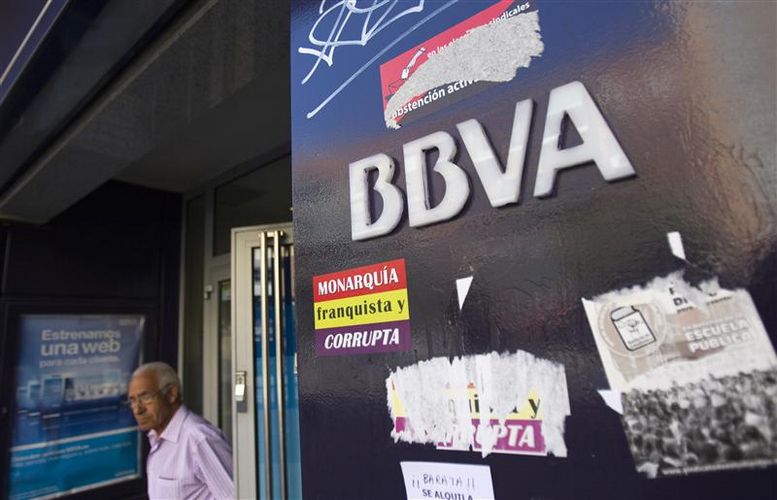BBVA said it would have to fill a €10bn capital gap over the coming years as a result of new regulatory requirements.
The Spanish lender’s chief financial officer, Jaime Saenz de Tejada, speaking at Morgan Stanley’s 11th European financials conference, said that it would have to raise around €10bn of so-called TLAC (Total Loss Absorbing Capacity) debt in the coming years, based on its current risk-weighted assets.
BBVA is the latest financial institution to lift the lid on how big its capital shortfall is under new rules intended to avoid future taxpayer rescues.
The Financial Stability Board laid out plans in November last year that could require global systemically important banks, or G-SIBs, to have a safety buffer of TLAC equivalent to at least 16%-20% of risk-weighted assets from January 2019.
In early February, BNP Paribas said its gap was €34bn, while Societe Generale said its could be as big as €20bn.
BBVA said in its presentation that it would meet the €10bn gap with annual TLAC issuance of €3bn-€4bn assuming that it has to be compliant by 2019. It added that its structure predisposed it to use a multiple point of entry resolution strategy. The bank assumes it will be able to count 2.5% of its senior debt as part of the TLAC stack, which is allowed by the FSB.
This is at odds with banks in the UK or Switzerland, for example, which are veering towards a single point of entry resolution, as guided by their regulators.
European banks have raised billions in subordinated debt since the beginning of the year. BBVA priced a €1.5bn Additional Tier 1 in early February.
